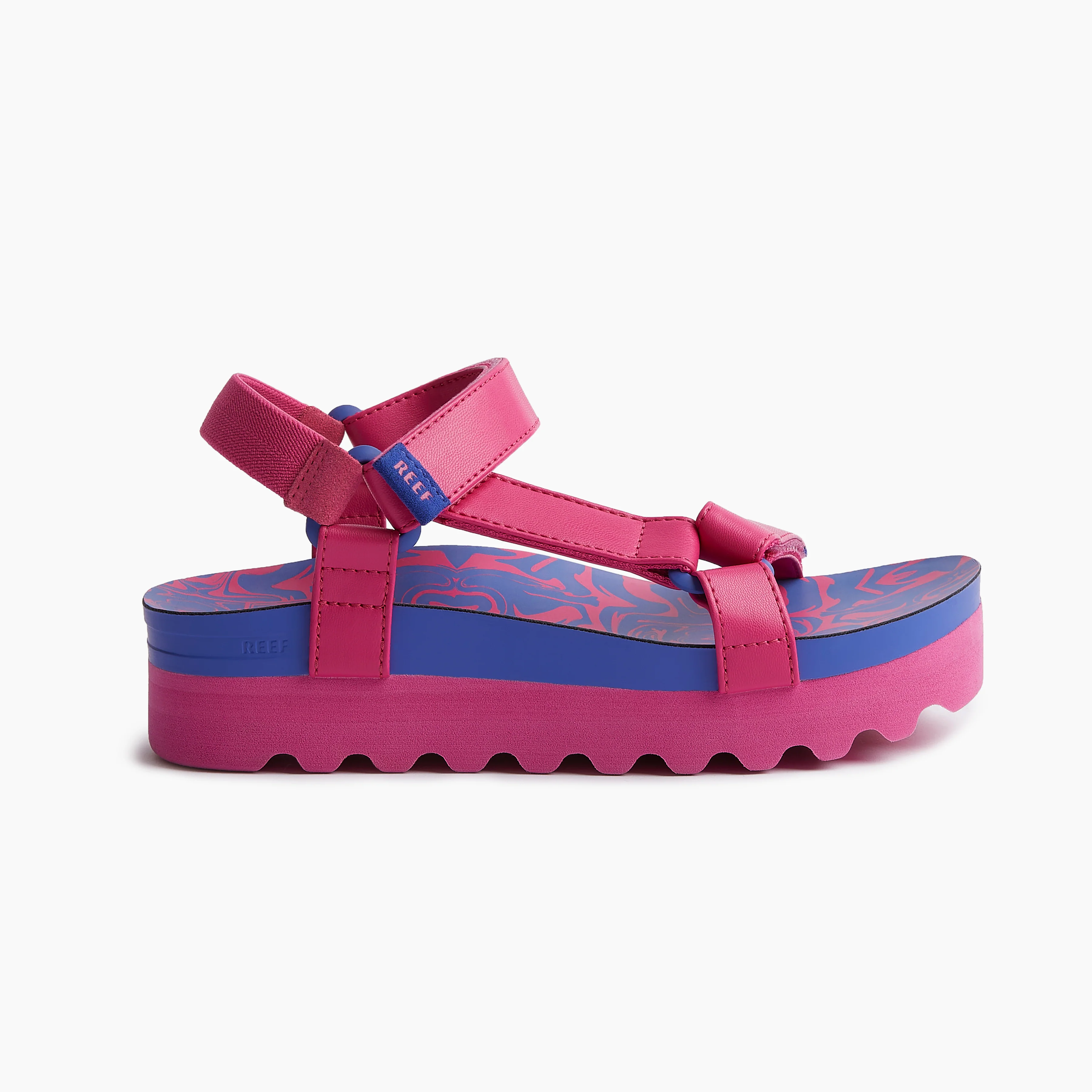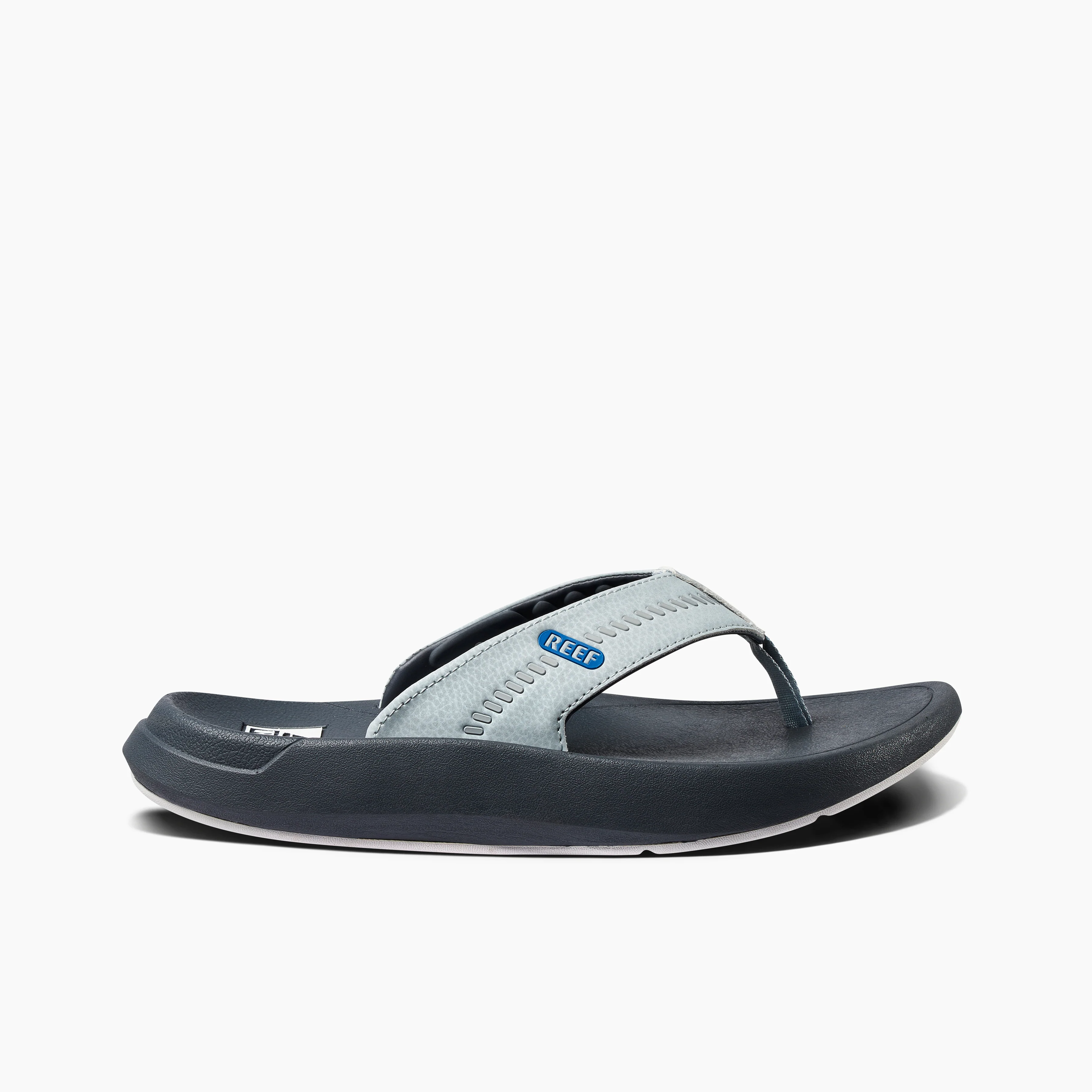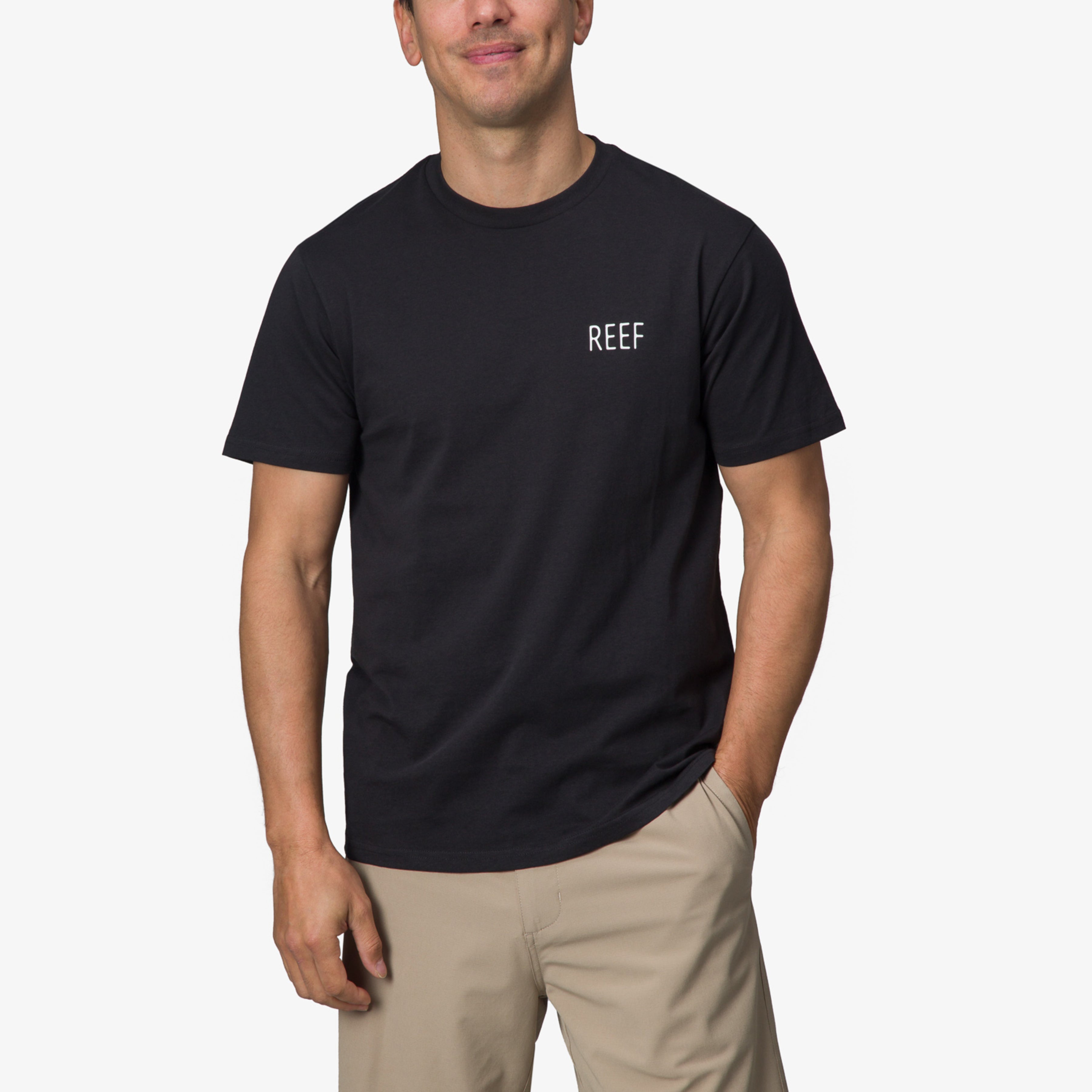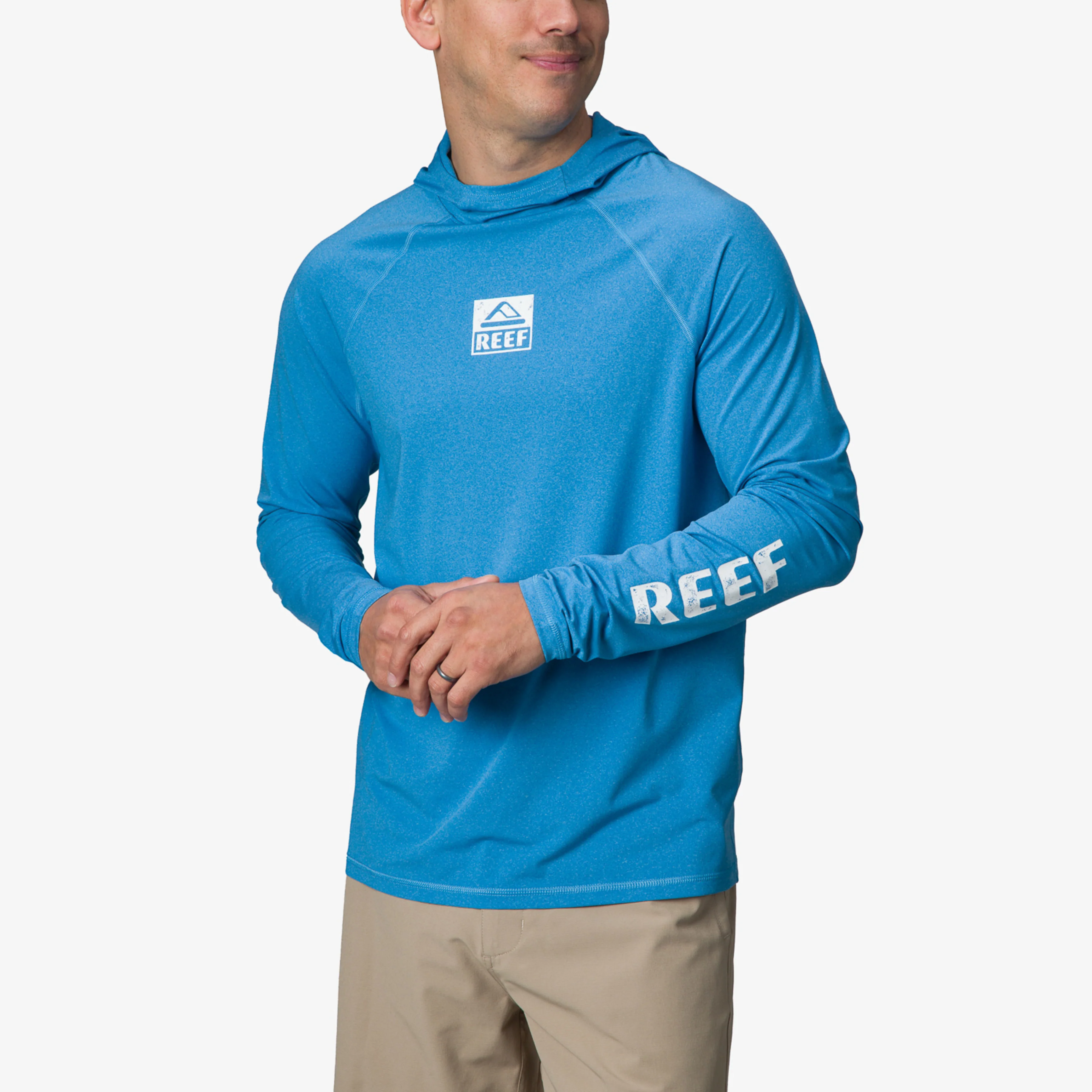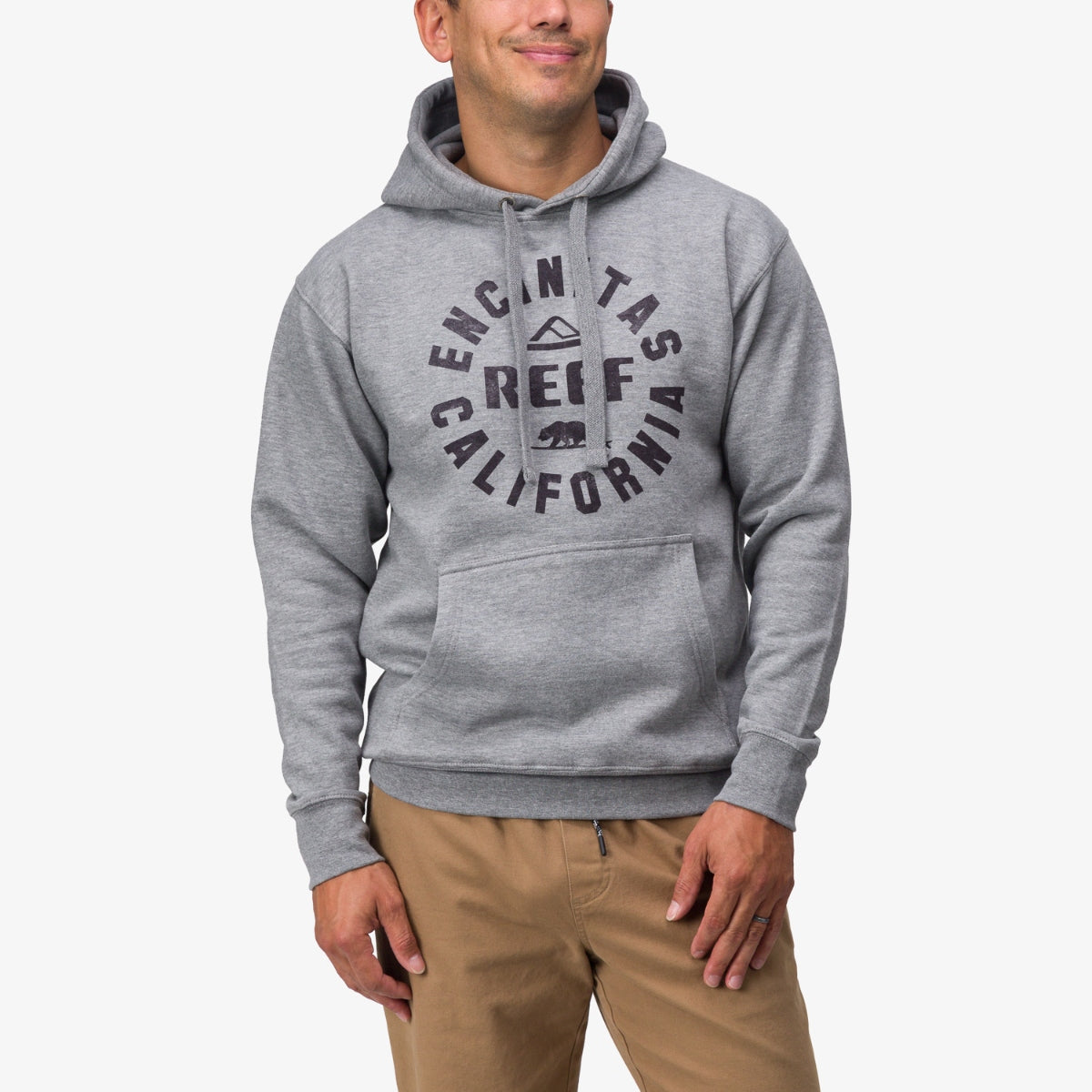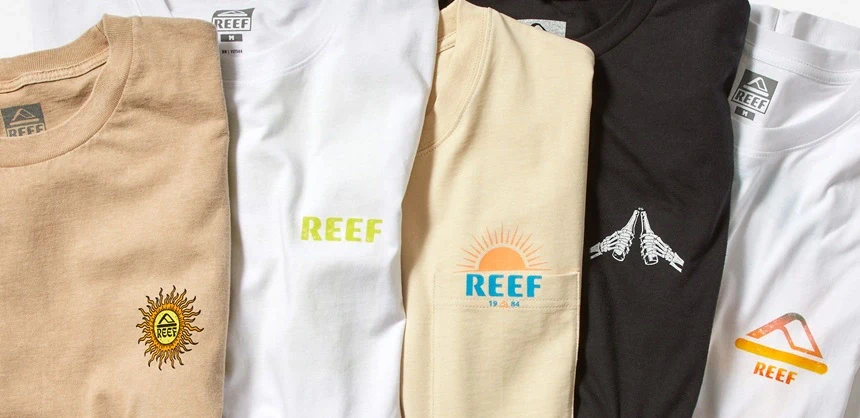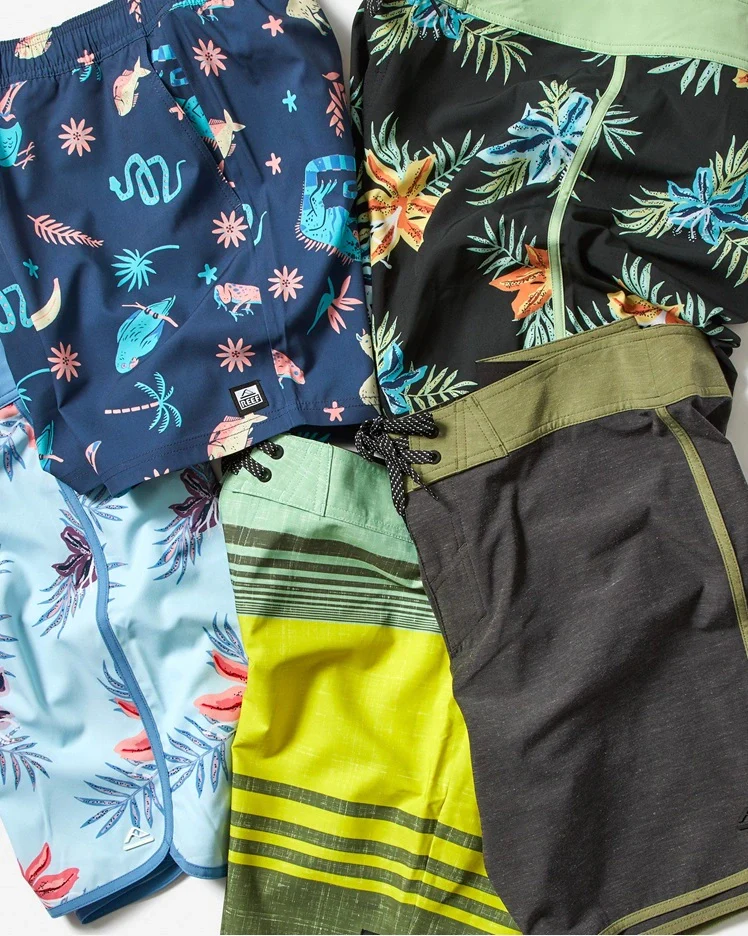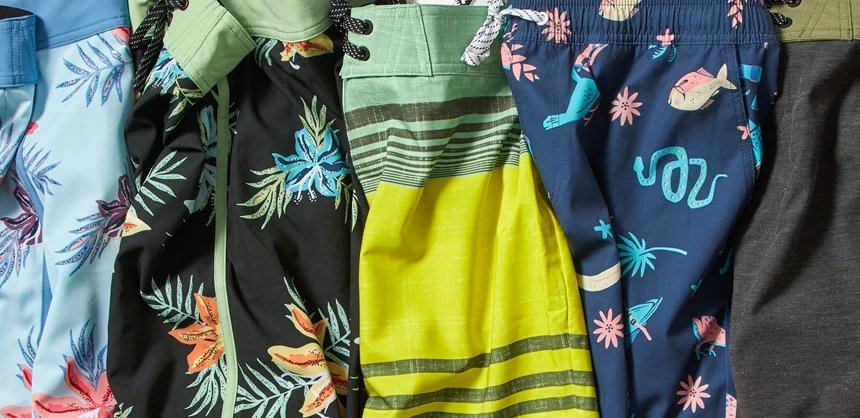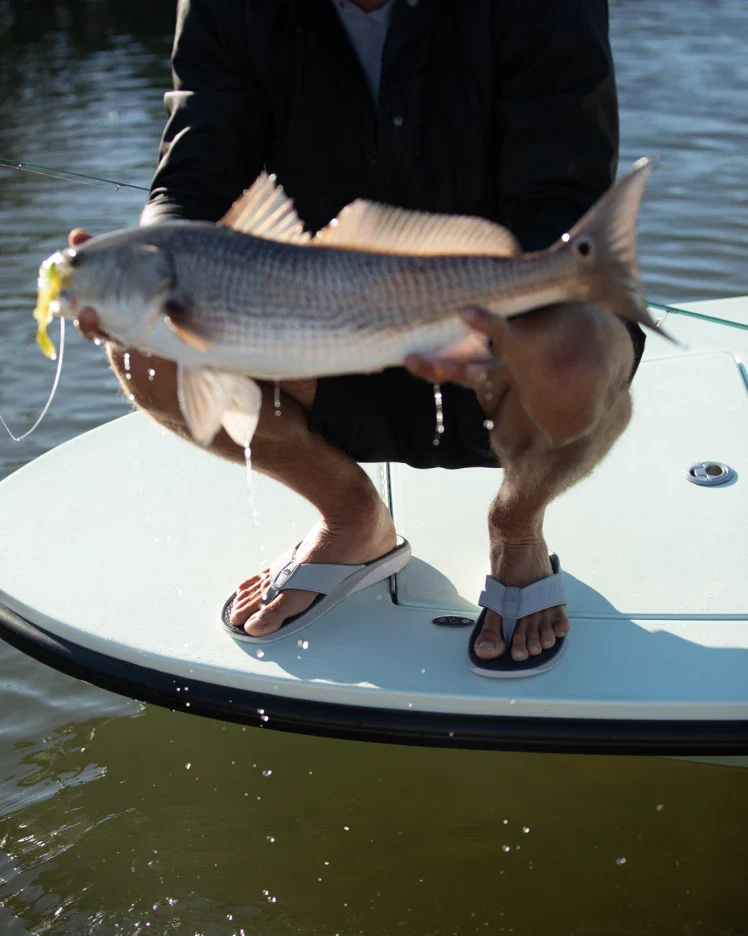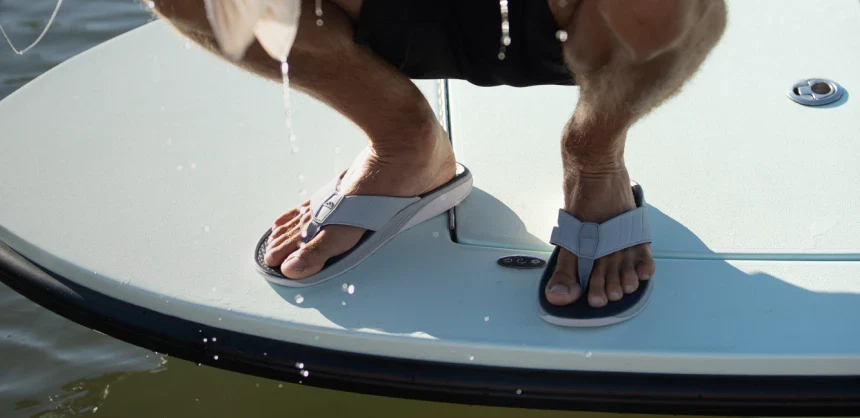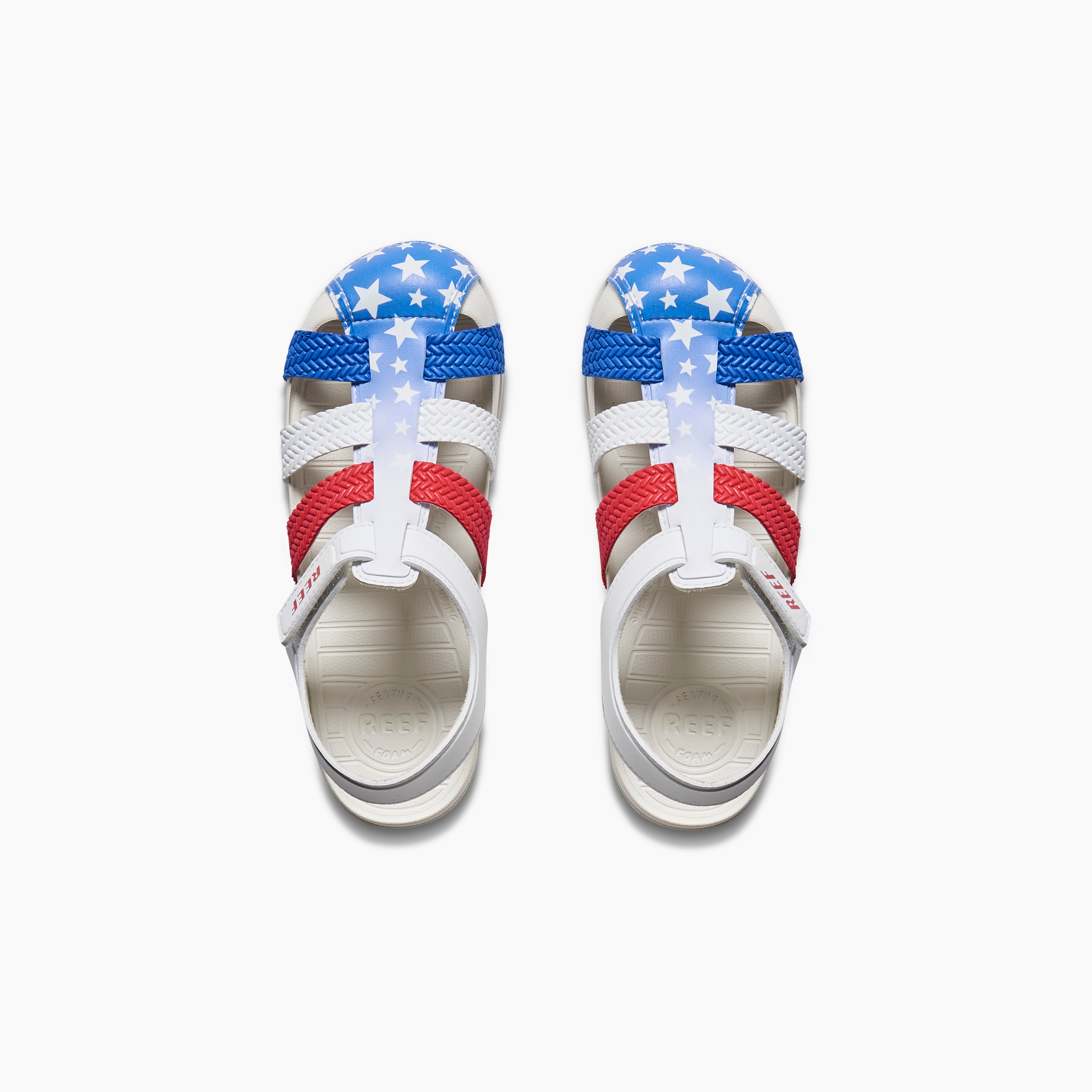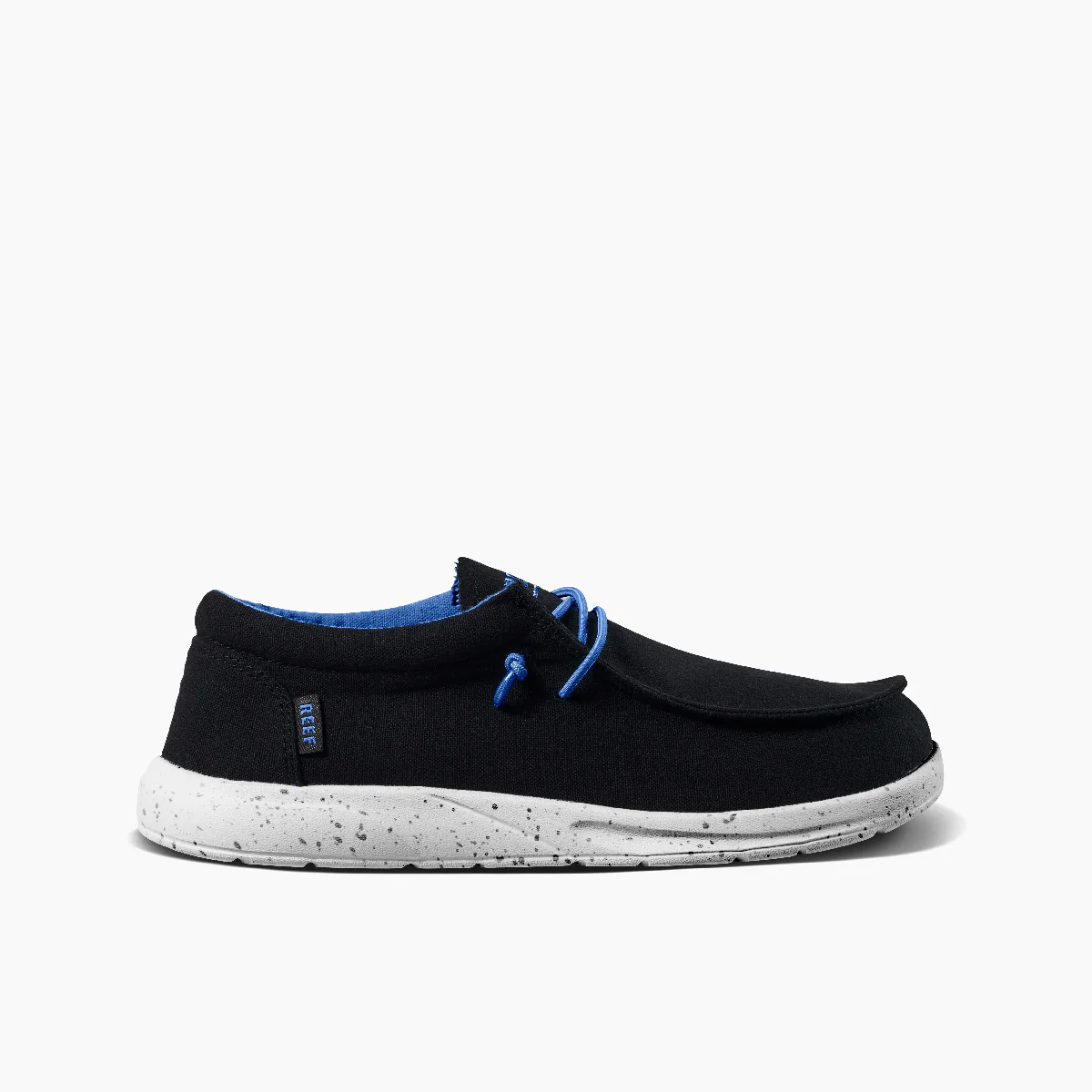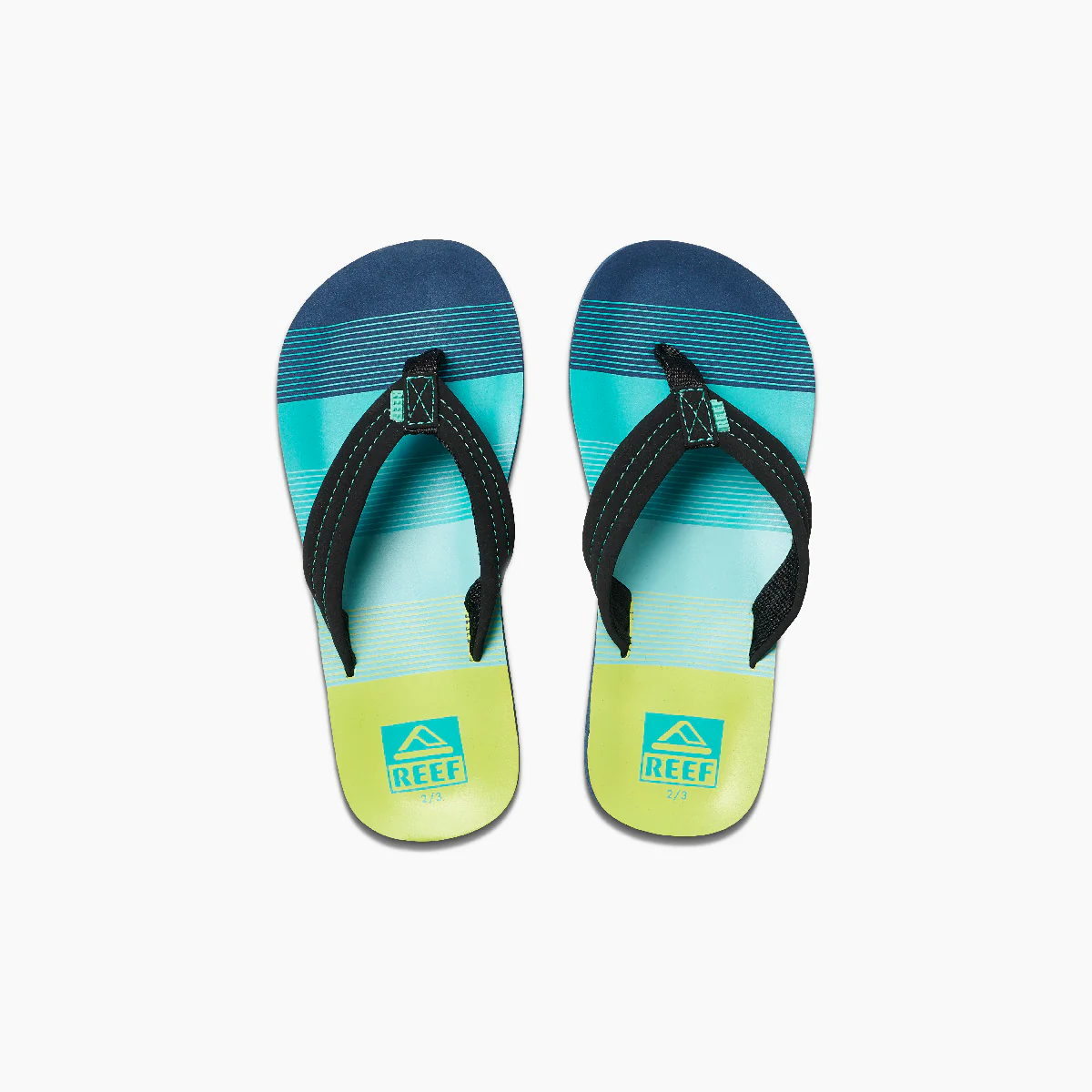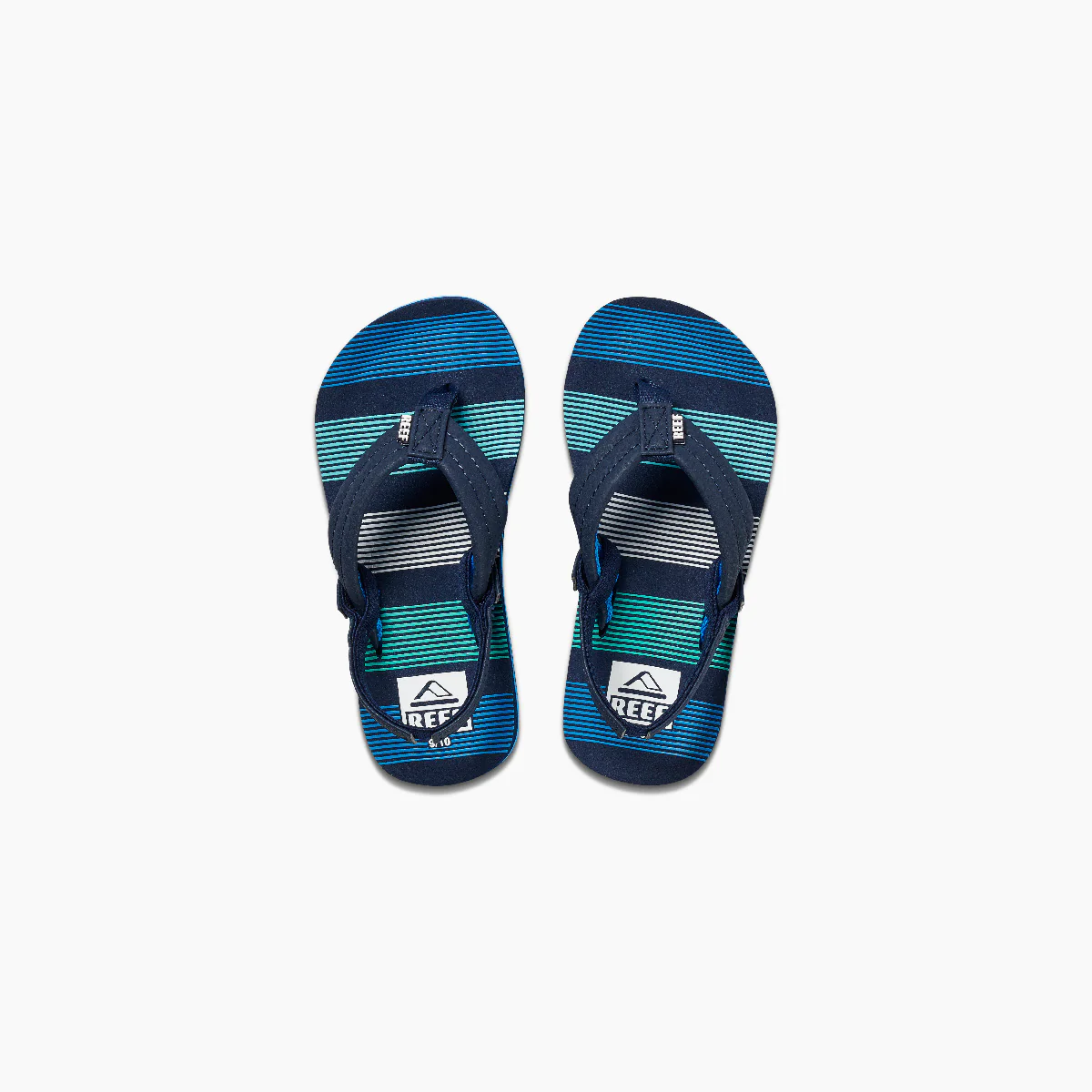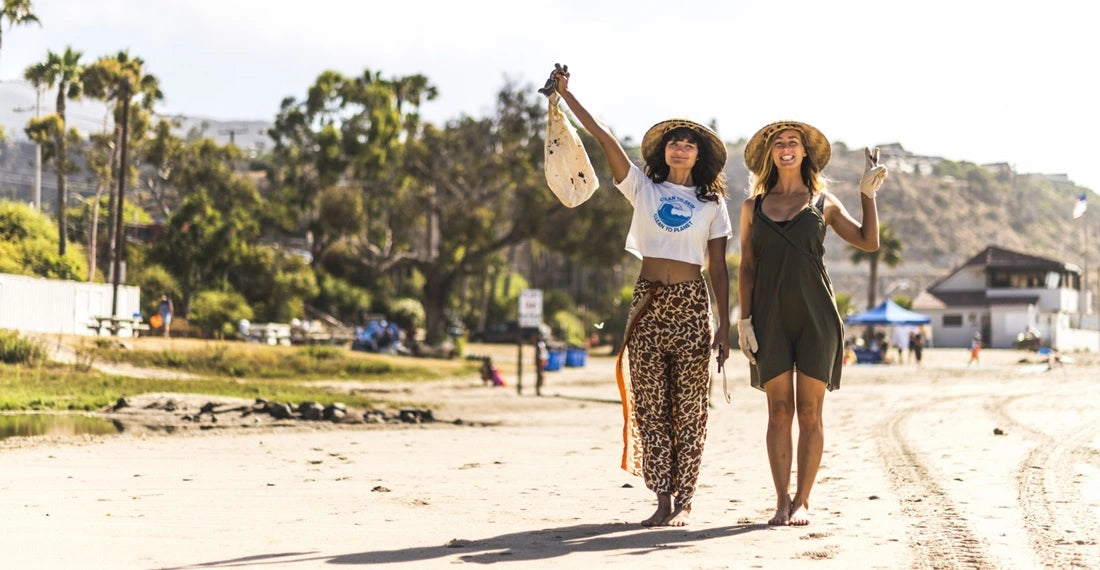Beach cleanups are necessary to do on a routine basis in order to preserve marine ecosystems. The process makes the beach safer, more enjoyable, and more beautiful. But more importantly, it helps keep pollution from spreading. Mother Earth’s coastlines maintain the circle of life, but the downside to their connectedness is that these waterways can infect one another and enable the spread of pollution from one ecosystem to the next.
Everyone has to do their part to keep our oceans clean and vibrant.
To find a local beach cleanup, many coastal cities and towns have beach cleanup organizations where you can volunteer. Help is always needed. If you live near a coast, you can simply search for "beach cleanup near me," and you’ll likely find somewhere you can help make a positive impact. Not only will your efforts help clean up the environment, but any data the organization collects from your efforts may be passed on to your local and state government and influence future environmental policies. It’s a win a win scenario.
If you’re thinking about doing your part, here’s what you need to know about beach cleanups and finding an organization to volunteer for.
Understanding the Impact of Beach Cleanups
It’s estimated that eight million tons of plastic end up in the oceans every year. Much of it floats down to the ocean’s depths, but a lot of it ends up washed up on shorelines. It poses a serious health risk to all manner of creatures, humans included.
When wildlife comes into contact with plastic, though, there’s the risk of laceration, entanglement, infection, and death. Many creatures’ journeys to extinction are sadly being expedited by our throwaway society. It takes 500 to 1,000 years for many plastics in use today to decompose, but single-use plastics are still heavily used worldwide, infecting and killing creatures who have no understanding of what they’re interacting with.
Help with a local beach cleanup, and you’re not just helping to build a stronger community, but you’re also protecting your area’s natural environment. Get the mental rush that naturally accompanies volunteering, and know you actually helped make a difference.
Finding Beach Cleanups Near You
The first step in volunteering is finding a nonprofit with a mission that aligns with your own. As you’ll see in the sections below, there are many beach cleanup and conservation groups from which to choose. Since you want to help clean America’s beaches, the hard part won’t be finding one but, instead, choosing one.
One option, though, is to see which organizations are actively asking for help. Engage, VolunteerMatch, Do Something, JustServe, GivePulse, are all great online resources that connect volunteers with nonprofits in specific areas. JustServe and GivePulse even have mobile apps you can use.
First, though, we recommend starting in your area. If there’s a park you frequently visit, search for any volunteer efforts already taking place. If you don’t find any, see if there are any Facebook groups for the beach or park in question and ask there. Chances are, you’re not the first person to think something needs to be done.
Joining Beach Cleanup Organizations
There are many beach cleanup organizations around the world, many of which are located right here in the United States.
Heal the Bay, for example, is located in Los Angeles, and works on keeping the Southern California coastline clean and usable for future generations.
Save Our Shores, which is located in Santa Cruz, is another notable cleanup organization. They focus on policy advocacy, public education, and, most importantly, beach cleanups.
Blue Ocean Society for Marine Conservation is located in New England. They also conduct beach cleanups and push for local awareness revolving around pollution and the importance of marine conservation.
San Diego by itself has quite a few to choose from. The Surfrider Foundation San Diego Chapter, I Love a Clean San Diego, and the San Diego Coastkeeper are all headquartered in San Diego and work on protecting local wildlife, maintaining clean, potable water, and keeping coastlines clear of trash and pollution.
Once you find an organization you want to volunteer for, you’ll first want to call and ask if they’re taking on any new volunteers. You’ll need to submit an application and, once accepted, go through the training process, which you may be able to do online.
Training for all organizations generally revolves around safety, best practices, and how to properly file reports, if and when needed. Many jurisdictions use volunteer data to stay on top of what’s going on on their coastlines, and may use the data you and your teams submit to influence future policy decisions. Because of the nature of the work, you’ll probably also need to sign a liability waiver just in case you get hurt.
After you’ve gone through all of these steps, many volunteer organizations have an online calendar where you can choose what dates you want to help.
Participating in Beach Cleanups in Specific Locations
Many areas routinely have beach cleanups. At organizations such as Surf Rider, you can register to volunteer at certain beaches each month. For example, Ocean Beach and Oceanside are always cleaned on the first Saturday of every month. Tamarack State Beach, on the other hand, is always cleaned on the fourth Saturday. It depends on the organization, but you’ll likely need to register in advance.
Surf Rider will even help you organize a cleanup. If you know of an area that needs some TLC, you can organize a private beach cleanup through the Surf Rider’s website.
Once again, though, run a search of the beach you want to help clean. There may already be something in place.
Steps to Becoming a Beach Cleanup Volunteer
First, always start local. If you live in San Diego, for instance, search for "beach cleanup San Diego." If one organization doesn’t have any room for new volunteers, try another. Don’t be disheartened. There are plenty of opportunities to be found.
One way to become a beach cleanup volunteer is to use sites such as volunteermatch.org, which we discussed above. With VolunteerMatch, simply enter in a zip code and the site will pull up all volunteer opportunities in that area. You can use it for just about any volunteering job you can imagine. Because of this, you may also consider working in natural parks and rivers in the future. Pollution often travels from one area to the next. Sometimes, beaches are polluted because of downstream waterways. If you want to truly make a difference, sometimes you have to go to the source.
When you find an organization to volunteer at, make sure you dress properly. Wear weather appropriate clothing, but if it’s hot, still make sure to wear long pants and a long sleeved shirt. You’ll want to ensure you’re well protected against whatever you’re cleaning up no matter how innocuous it appears to be. While it may seem obvious, closed-toed shoes are also highly recommended. Lastly, no matter the temperature and what you’re cleaning up, be sure to have a pair of construction gloves on you. Hazardous materials are often hidden beneath layers of detritus.
Be sure to take a backpack on your outing, too. Store fresh water, snacks, sunscreen, and sanitizing wipes. The organization will likely have its own first aid kits, but you can never be too safe, so pack your own. You’ll likely find yourself picking up more fishing hooks, glass, and other jagged materials than you would have ever thought possible. When you’re cleaning up these materials, it’s easy for an accident to happen.
Sharing Your Beach Cleanup Experiences
Once you’ve volunteered, don’t be afraid to post your experiences online via social media. It’s important for your friends and family to see what you’re doing and understand the importance of beach cleanups and volunteering. Your efforts may even inspire them to volunteer, too.
Clog your posts full of hashtags, too, to ensure as many people as possible see. You can do some research on trending hashtags, or you can copy and paste some of the ones below:
#beachcleanup #plasticpollution #plasticfree #oceanconservation #zerowaste #beachclean #plastic #saveouroceans #plasticfreeoceans #savetheplanet #plasticwaste #recycle #savetheocean #climatechange #cleanup #marineconservation #singleuseplastic #trashtag #saveourseas #beachcleaning #protectwhatyoulove #ecofriendly #forthesea #noplastic #marinedebris
Lastly, be sure to tag your local representatives, as well as the organization you’re working for. If they notice your post, they may promote your efforts, too.
Takeaway
Since 2014 REEF has been incorporating Eco-One into our footwear products, which is an organic additive that helps our products naturally biodegrade. By choosing sustainable sandals and shoes, you'll know you’re doing your part to help keep America's waterways clean.






























